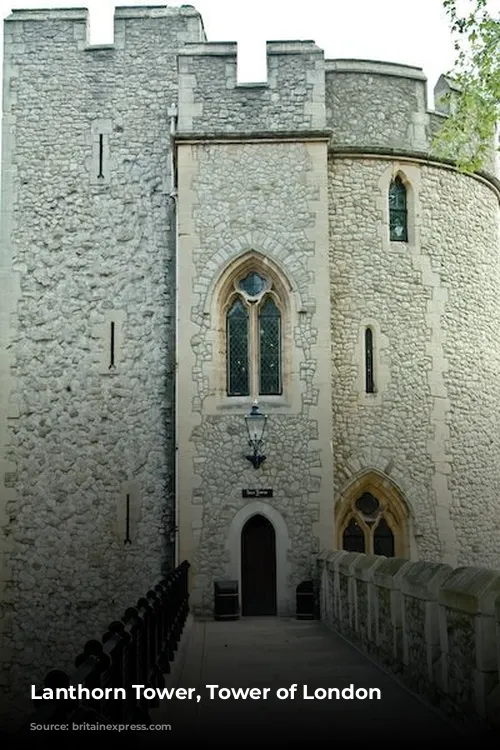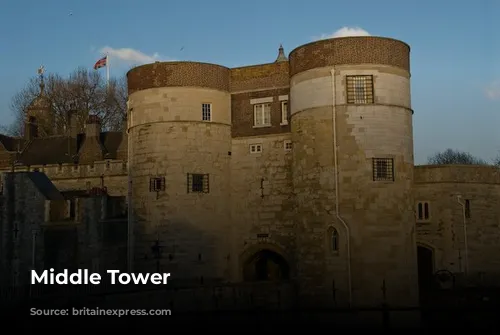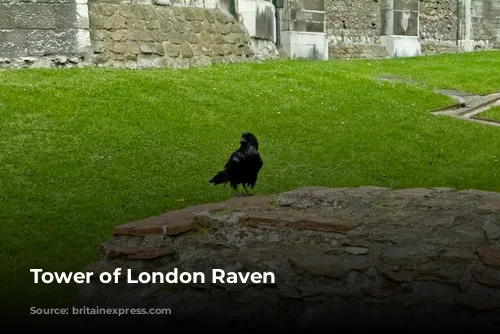The Tower of London, a place steeped in history and mystery, has stood for nearly a thousand years, evolving from a simple fortress to a magnificent complex. Its story is intertwined with the lives of kings and queens, the rise and fall of empires, and the very fate of England itself. Join us as we delve into the fascinating past of this iconic landmark.

From Norman Conquest to Royal Residence
The origins of the Tower of London can be traced back to the Norman Conquest of 1066. Following his victory at the Battle of Hastings, William, Duke of Normandy, quickly asserted his authority over England. He needed a secure stronghold to keep the rebellious citizens of London in check. The site he chose was not a random one, but the very ground where the Roman Emperor Claudius had built a fortress over a thousand years earlier. Even today, you can still find traces of these ancient Roman walls within the Tower grounds.
William’s vision for the Tower was a grand one. He began construction in 1078, laying the foundation for a mighty stone structure that would come to be known as The Great Tower. The original structure was fortified by a ditch and palisade, adding to its defenses. Over time, the Tower grew and evolved, becoming a complex of towers, buildings, walls, and walkways.
In the 13th century, King Henry III took up residence in the Tower, making it his home. He added a touch of elegance by whitewashing The Great Tower, giving it its distinctive appearance and earning it the name “La Tour Blanche” (White Tower) from the Normans. Henry’s reign also saw the expansion of the Tower grounds to include a church, a great hall, and other impressive additions.
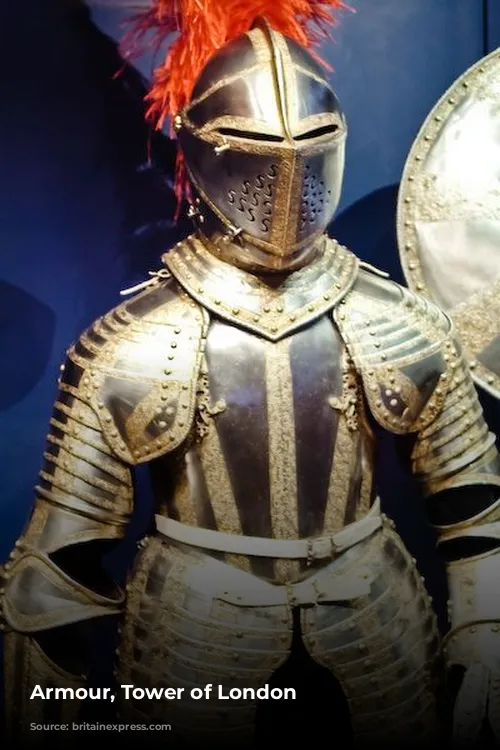
More Than a Fortress: The Tower’s Diverse Roles
The Tower of London was no mere fortress. It served as a royal residence, a prison, and even a menagerie for exotic animals. The four turrets of the White Tower, initially capped with conical shapes, were adorned with onion-shaped domes in the 16th century. Henry III, while using the Tower as a palace to entertain important guests, also started using it as a prison. His love of exotic animals led him to create the Lion Tower, a royal zoo where visitors could witness the roaring beasts.

The Ravens of the Tower: A Superstition and a Legacy
Even today, the Tower of London is home to a unique tradition: the Keeper of the Royal Ravens. These ravens are flightless, their wings clipped to ensure they remain within the Tower grounds. The superstition surrounding these birds dates back to the time of Charles II and holds that if the ravens ever leave the Tower, both the White Tower and the Commonwealth of England will fall. This superstition, while perhaps rooted in folklore, adds a layer of mystery and fascination to the Tower’s legacy.
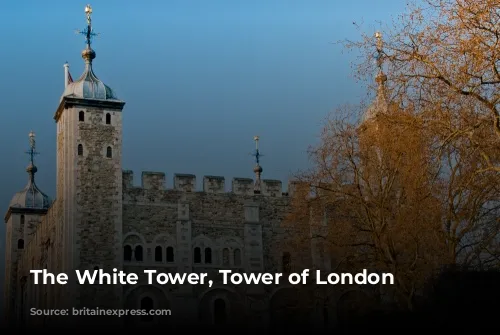
A Monument to Kings and Queens: The Tower’s Growth and Evolution
The Tower of London is a testament to the power and ambition of English monarchs. Each king and queen, over the centuries, added their own stamp to the complex. They built walls, towers (thirteen inner and six outer), and moats, creating a formidable and magnificent fortress. The Tower, initially a simple stone structure, evolved into a sprawling complex encompassing a vast area.
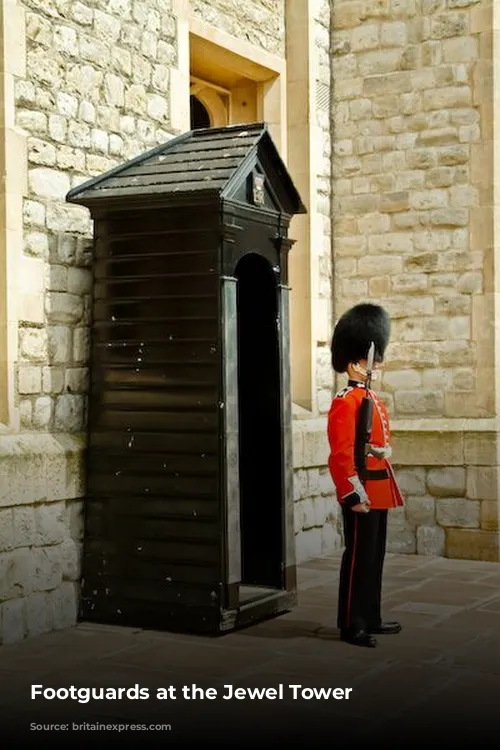
“Her Majesty’s Royal Palace and Fortress”: A Legacy That Lives On
Today, the Tower of London is officially known as “Her Majesty’s Royal Palace and Fortress the Tower of London.” Though the title may be a mouthful, it accurately reflects the Tower’s rich history as a royal residence, a fortress, and a symbol of English power. Although it is not quite known when the name “Tower of London” was first used, over time, it has become the accepted term for the entire complex.

A Glimpse into the Past: The Tower’s Unfolding Story
In the second part of our series on the Tower of London, we will explore some of the famous (and infamous) events that have taken place within its walls. We will delve into the stories of kings and queens, of prisoners and executions, of intrigue and rebellion. Join us as we uncover the hidden secrets of the Tower of London, a place where history comes alive.
This article provides a brief introduction to the history of the Tower of London. It highlights its origins, its growth and development over the centuries, and some of its diverse roles. We hope you found it engaging and informative. In part two, we will explore further, diving deeper into the rich history of this iconic landmark.
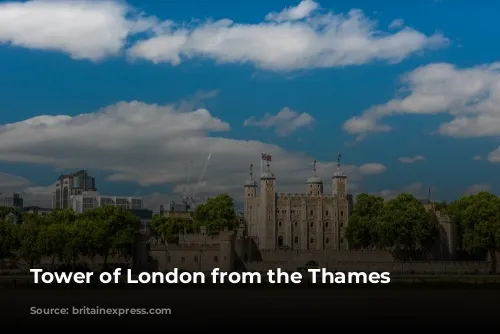
Reference photo
